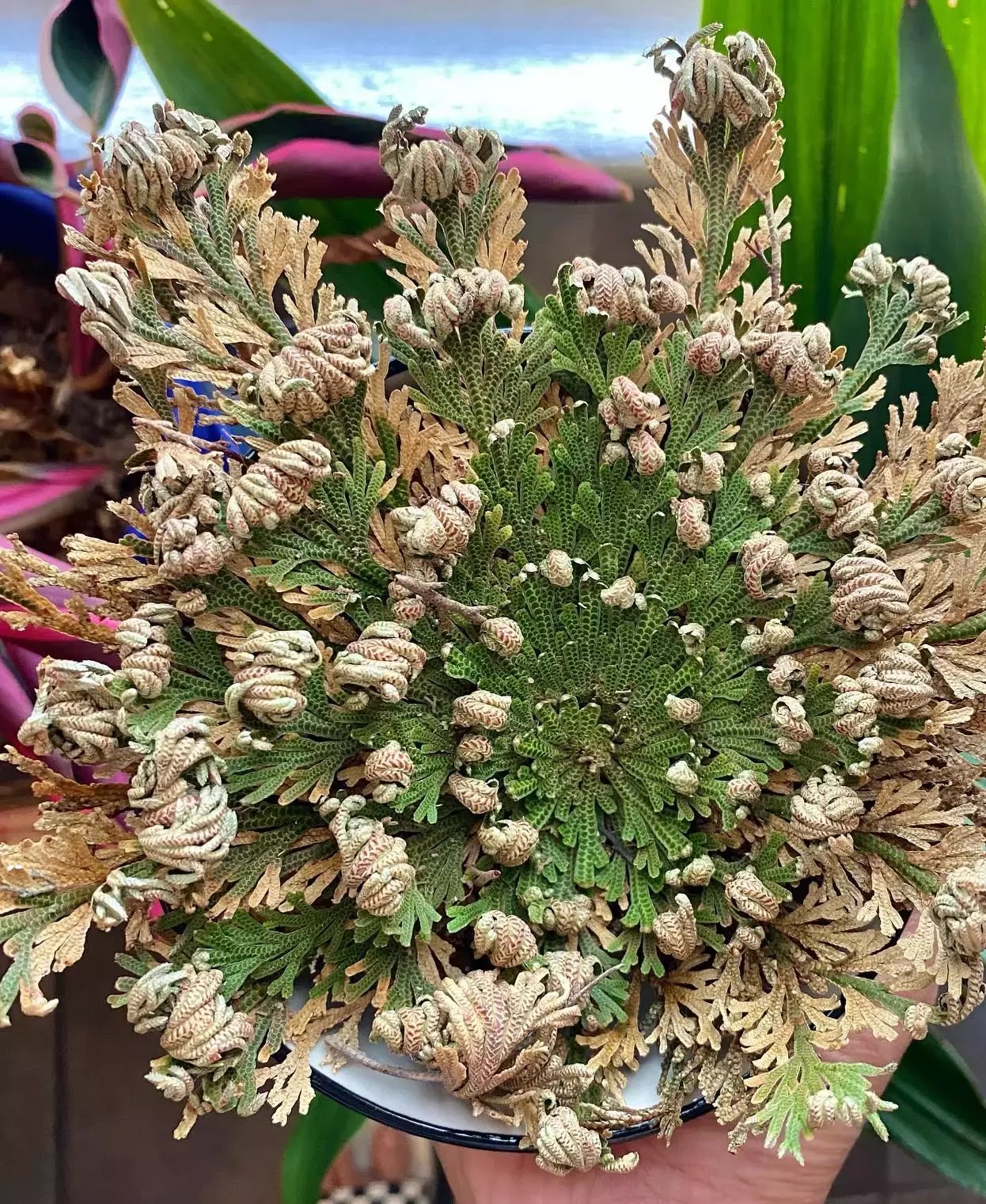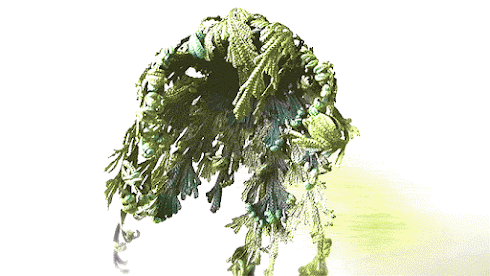Resurrection plants: Miracle Life-Forms
In this article, we'll talk about resurrection plants - a bizarre and fascinating life-form capable of surviving over months or years without water. They're called "resurrection plants" because they can be brought back to life after drying out.
Introduction
Resurrection plants, also known as miracle life forms, are a type of plant that can survive after drying out. These plants have unique mechanisms that allow them to revive after being dried.
Common Types of Resurrection Plants
There are many different types of resurrection plants, each with unique properties that make it a valuable part of traditional herbal medicine. Some plants are used to promote relaxation and stress relief, while others are used to improve the immune system or to aid in digestion.
Here are some of the most common types of resurrection plants:
1. Skullcap (Scutellaria lateriflora) is a herb commonly used in European traditional medicine to improve overall mental health and cognitive function. It is particularly effective at relieving anxiety and tension, promoting restful sleep, and improving mood swings. Skullcap is also a powerful antioxidant that protects the brain from damage caused by free radicals.
2. Valerian (Valeriana officinalis) is a herb traditionally used as a relaxant, anti-anxiety drug, and sleep aid. It also relieves stress and anxiety-related symptoms, such as irritability, restlessness, insomnia, and headaches. Valerian root can be steeped in water or tea as a medicinal drink or added to food as a seasoning.
3. passionflower (Passiflora incarnata) is one of the most popular herbs in traditional western medicine. Passionflower is often used to promote relaxation and increase energy levels, especially during stress or fatigue. It may also help relieve anxiety disorders, nervousness, depression
How a Resurrection Plant Resurrects
Most resurrection plants are native to the desert regions of Africa and the Middle East, but some species can be found elsewhere. These plants typically grow in areas that experience high levels of drought or low rainfall, making them particularly well-suited for regions that experience recurrent dry spells.
When conditions become unfavourable for these plants, they typically lose water and moisture from the air. This is due to the plant’s inability to convert water into energy, as it is needed to survive during periods of drought. As a result, the leaves on the plant will turn yellow and eventually fall off. At this point, the plant is in danger of becoming extinct because it can no longer photosynthesize and produce food for itself.
However, thanks to their ability to regenerate lost tissue, resurrection plants can overcome these challenges and continue living as long as sufficient sunlight and moisture are available. Once revived, these plants will resume average growth and reproduction processes, eventually creating new colonies that can help restore habitats in depleted areas.
The Scientific Reasons for the Resurrecting Process
Some plants secrete chemicals that help them regenerate lost tissue. These chemicals include auxins, cytokinins, and gibberellins. Auxins are hormones that stimulate cell growth. Cytokinins are substances that help cells divide and form new tissue. Gibberellins promote the formation of flowers and other structures in plants.
Scientists believe these chemicals play a role in the resurrection process because they help speed up callus formation and increase the number of new cells produced.
Conclusion
Resurrection plants are fascinating life forms that can restore themselves after drying out. I've included a brief description of each resurrection plant below, and I hope you'll take the time to learn more about them. To learn more about amazing things and their abilities, check out our website today, Rediscover360.
Learn more about Codariocalyx Motorius






Comments
Post a Comment